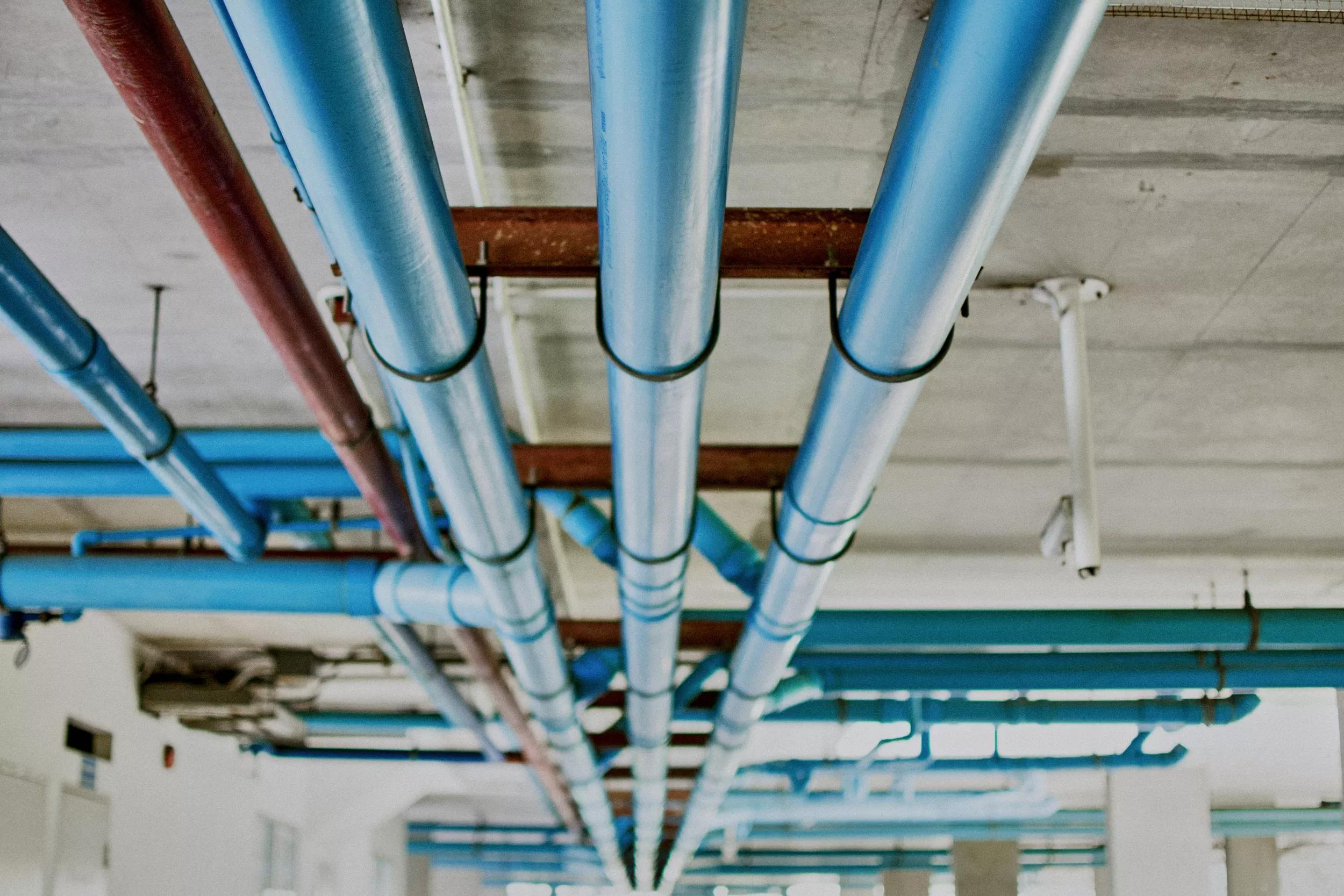
The energy transition isn’t just electric, it’s molecular
23 July 2025
Reading time: 4 min
The future of energy hinges on integrating sustainable molecules with electrification. We explore how sustainable biogas, heat, hydrogen, and hybrid solutions can pave the way to green, reliable and affordable energy systems.
Electrification is key, but has its limitations
Electrification is essential for sustainability. Heat pumps and electric cars have lower energy losses compared to the fossil fuel-based alternatives. They increasingly use green electricity, which comes with low carbon emissions. Electricity also captures the imagination more than energy from molecules, such as gas or oil. Much-loved devices, such as mobile phones, laptops, tablets, and coffee machines all run on electricity. And this is increasingly true for our bikes and cars too.
Electrification is growing rapidly as a result, and this trend will continue. In many developed economies, about a fifth of the energy use comes from electricity. Scenario analyses show electricity’s share needs to rise to 40-60% to achieve climate neutrality. Unfortunately, electrification faces limits; grids are overloaded, and on sunny and windy days, there is often too much green electricity generated, leading to negative prices and idle wind turbines. This complicates the business case for further electrification and investments in renewables.
Electrification is not the only solution, molecules remain important
However, electricity is not the only route to a zero-emission economy. Molecules such as low-carbon hydrogen, bio or synthetic gas, and the capturing and storing of CO2 play a significant role. They are especially important in production processes that require high temperatures, such as steel, plastic, cement, fuels, and glass. They are also crucial for transportation modes that require fuels with high energy density, including aeroplanes, ships, and heavy trucks.
Climate neutrality is impossible without sustainable molecules. The affordability of the transition also depends on the availability and use of these molecules. The transition is more affordable with a focus on cheap molecules (CO2 storage, biogas, recycling, residual heat and blue hydrogen) and fewer societal constraints, such as completely phasing out fossil molecules before sufficient sustainable alternatives are available. Climate neutrality can then be achieved with less profound and complex interventions in the energy system.
Not either-or, but both: how electrons and molecules can be integrated
The transition requires a mix of electrons (electricity) and molecules (such as gas from bio- and synthetic fuels, carbon recycling, the capturing and storage of CO2, and hydrogen). It is not an either-or story, but a both story.
The relevant question is how policymakers and corporate leaders can intelligently combine and integrate electrons and molecules into a sustainable, reliable, and affordable energy system. In technical terms, how should we shape system integration for our energy infrastructure?
Our vision, based on in-depth interviews with experts
For this analysis, we conducted in-depth interviews with various experts in the Dutch energy system from the worlds of electrons (TenneT), molecules (Gasunie, Energie Beheer Nederland, and HyCC), applied science (Netherlands Environmental Assessment Agency), and policy (Ministry of Climate and Green Growth). These conversations yielded a rich palette of opinions and advice on system integration, which often differed from each other, even among experts from the same organisation. We weighed these insights and formed our own vision based on them.
Note that our analyses focuses on the Dutch energy system, but could also be applied to other economies with similar fossil-based energy systems. Recommendations also apply to France and the Nordics, although this topic is less urgent due to large amounts of dispatchable power from nuclear and hydropower plants, respectively.
Also bear in mind that we focus on energy use, not electricity from molecules for feedstock use (sustainable C's and H's to make 'green' plastic, steel, and aluminium). Feedstock use could be another driver for infrastructure and system integration.
This analysis contains our findings from executives and policymakers.
Gerben Hieminga
Senior Sector Economist
